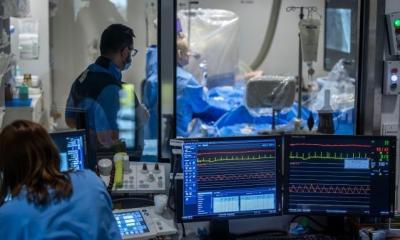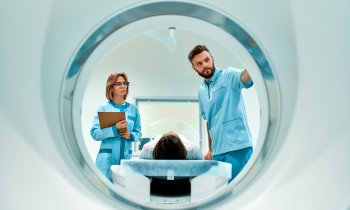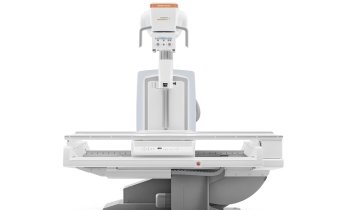Patient safety
C-suite and risk managers struggle with patient safety
Maximizing patient safety is the top priority for hospital c-suite executives and risk managers in the United States - but, "lack of teamwork, negative culture and poor communication" will present barriers to patient safety in the future - according to a new survey commissioned by American International Group (AIG) in consultation with patient safety expert, Dr. Marty Makary, MD, MPH.
The results revealed a tension between what hospital leaders perceive as their number one priority in 2013, patient safety (64% c-suite and 62% risk managers), and their number one threat, failing to maximize financial sustainability (60% c-suite and 62% risk managers). While nearly all respondents (96% of c-suite and risk managers) say their hospital has a "culture of patient safety," one-third (33% of c-suite and 37% of risk managers) acknowledge that their hospital needs to undergo major changes to maintain that culture in the future.
"This study is designed to better understand what drives patient safety, the barriers our healthcare system must overcome to achieve it, and what can be done to help keep hospitals safer over the next three to five years," said Russell Johnston, Casualty Product Line Executive, AIG U.S. and Canada.
Hospital culture
A majority of respondents said the largest barrier to patient safety is lack of teamwork, negative culture and poor communication (42% c-suite; 55% risk managers). The main communication and coordination problems cited include:
- The perception that nurses fear retribution if they discuss patient safety (26% c-suite, 29% risk managers);
- Documentation burdens (69% c-suite, 60% risk managers);
- The number of patient "handoffs" among hospital staff (56% c-suite, 61% risk managers); and
- The quality of coordination and communication between departments at their hospitals (59% of c-suite executives, 69% of Rrisk managers).
Who "qwns" patient safety?
The study also revealed inconsistent perceptions of who is "responsible for" patient safety and who "owns" it. Virtually all hospital executives (98% of both c-suite executives and risk managers) agree that "every staff member in my hospital is responsible for patient safety." But half of both c-suite executives and risk managers (52% and 51%, respectively) believe that nurses "own" it. Interestingly, executives see nursing staff turnover as one of the least influential items on overall hospital risk, including patient safety, regardless of the fact that they place the onus of patient safety on nurses.
Technology, regulation, and metrics
Further complicating the situation, the introduction of new technology, regulation, metrics, and patient education aimed at helping patient safety are sometimes perceived has having the opposite effect:
- Three-quarters (75%) of c-suite executives see reporting of quality metrics as beneficial to safety, yet one in five (20%) sees negative impacts on other areas of quality as a result of having to report these metrics.
- While most (84% of c-suite executive and 88% of risk managers) agree their hospital effectively uses technology to improve patient safety, more than half (59% of c-suite executive and 53% of risk managers) say it takes clinical staff away from patient care.
- One in four executives (23% of c-suite executives and 24% of risk managers) admit that their hospital is more focused on driving publicly reported metrics rather than truly impacting patient safety. Also, most hospital leaders agree the public does not understand how to interpret publicly reported patient safety metrics (83% of c-suite executives and 89% of risk managers).
AIG's commitment to prevention - from loss prevention consulting in hospitals to pre-injury consulting with workers' compensation clients, uses these and other data-driven insights to better understand and ultimately improve healthcare outcomes for patients and hospitals.
"Given that nearly half of every dollar spent on healthcare costs is related to a medical error, improvements in patient safety will provide a quick return on investment," said Emily Rhinehart, RN, MPH Vice President and Division Manager for Healthcare Risk Consulting, AIG.
AIG insures over 2,000 hospitals worldwide, employs more than 250 full-time doctors and nurses, and provides workers' compensation insurance in the United States, through employers, to nearly 10 million employees.
"When insurers work to understand and improve overall healthcare outcomes, it results in patients who: experience less pain, quicker recovery time, and fewer medical complications; return to their family and to work sooner; and are prescribed the right amount and type of medication, for the right amount of time," said AIG Casualty's Russell Johnston. "Prevention doesn't cost. It pays."
Source: Press release American International Group (AIG)
06.02.2015











